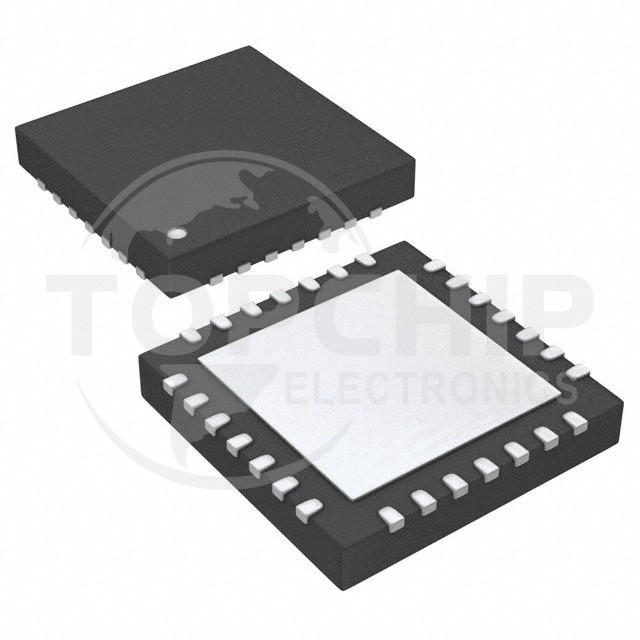Microcontrollers are the heart and soul of many of today's cutting-edge electronics. From everyday gadgets like smartwatches and thermostats to complex industrial machinery, microcontrollers play a crucial role in managing the functioning of these devices. This article aims to provide an introduction to microcontrollers, discuss their working principles, and explore popular applications in today's technologically advanced world.
Understanding Microcontrollers
A microcontroller is a compact integrated circuit (IC) that contains a microprocessor, memory modules, and input/output (I/O) peripherals all within a single chip. Microcontrollers differ from traditional microprocessors as they are specifically designed to execute tasks in real-time and provide greater control over a wide range of functions.

Working Principles of Microcontrollers
Microcontrollers are primarily responsible for executing programming routines in the form of firmware, software, or application code. The code embedded within the microcontroller enables it to control the surrounding devices and manage data-driven tasks. Here's a basic overview of how microcontrollers work:
1. Fetch: The microcontroller retrieves instructions stored in its memory – typically, a program counter (PC) keeps track of the current instruction.
2. Decode: The processor deciphers the fetched instruction, determining which operation must be performed.
3. Execute: The processor then carries out the instruction, interacting with I/O peripherals, altering data in memory, or computing arithmetic/logic operations.
4. Update: The program counter increments, updating to the next instruction.
This sequential process is known as the fetch-decode-execute-update cycle and is the cornerstone of microcontroller operation.
Popular Applications of Microcontrollers
Microcontrollers have found their way into a range of popular applications, revolutionizing various industries with exciting new capabilities:
1. Consumer Electronics: Microcontrollers are widely used in devices like remote controls, home automation systems, and gaming consoles, enabling swift and efficient management of diverse electronic functions.
2. Medical Devices: Microcontrollers play a pivotal role in precision-driven medical equipment such as insulin pumps, heart rate monitors, and drug delivery systems, ensuring reliable performance.
3. Automotive Industry: Today's vehicles heavily rely on microcontrollers for controlling engine operations, managing entertainment systems, and even facilitating advanced driver assistance systems (ADAS).
4. Industrial Automation: Microcontrollers are ubiquitous in industrial automation applications, from programmable logic controllers (PLCs) to robotic arms and intelligent manufacturing systems.
5. Internet of Things (IoT): As IoT devices become increasingly prevalent, microcontrollers serve as the engines that enable these smart gadgets to process data, communicate with one another, and operate autonomously.
Conclusion
Microcontrollers have undeniably shaped the modern world with their versatile functionality and far-reaching applications. As technology continues to advance, microcontrollers will persist in driving innovation, making our lives more efficient, connected, and smarter. By understanding the working principles and potential applications of microcontrollers, you can appreciate the tremendous impact they have on contemporary electronics and our daily lives.
Related Parts:
MC9S12XDT256CAA
PIC16F1507-E/SS
MCHC908GR8MFAE
SAF-XC878M-16FFI5VAC
STM32L496QEI6
MSP430F2012IPWR
ATMEGA644V-10PU
AT32UC3C2256C-Z2UT
MCF51MM256CMB
PIC18LF46K80-I/PT

